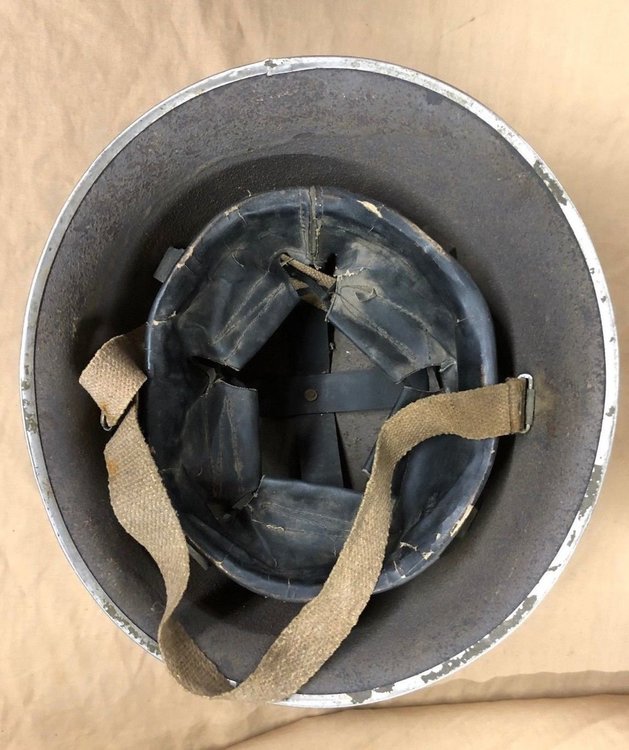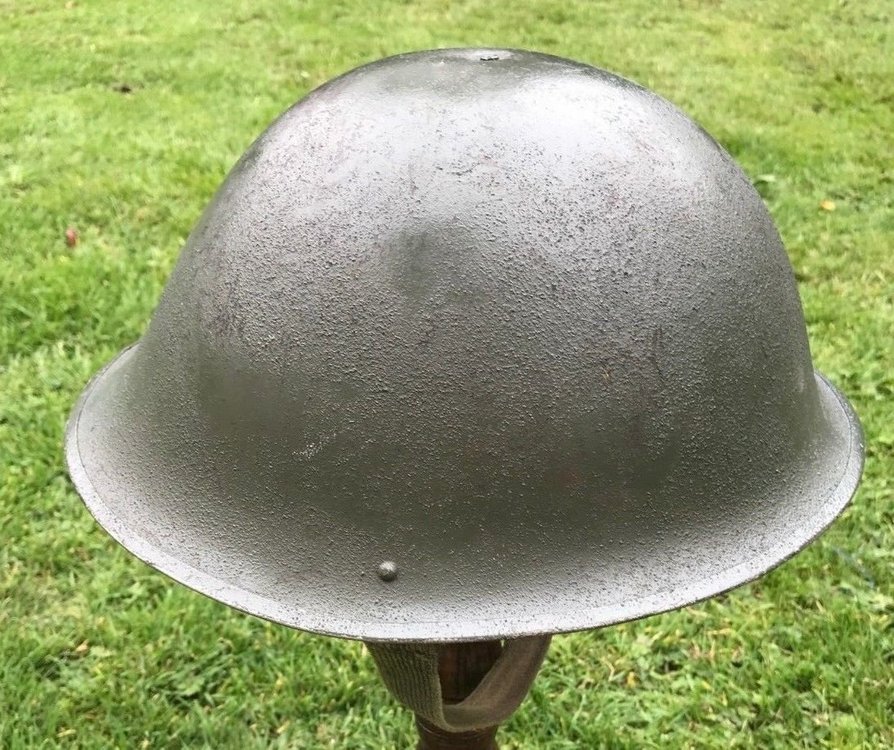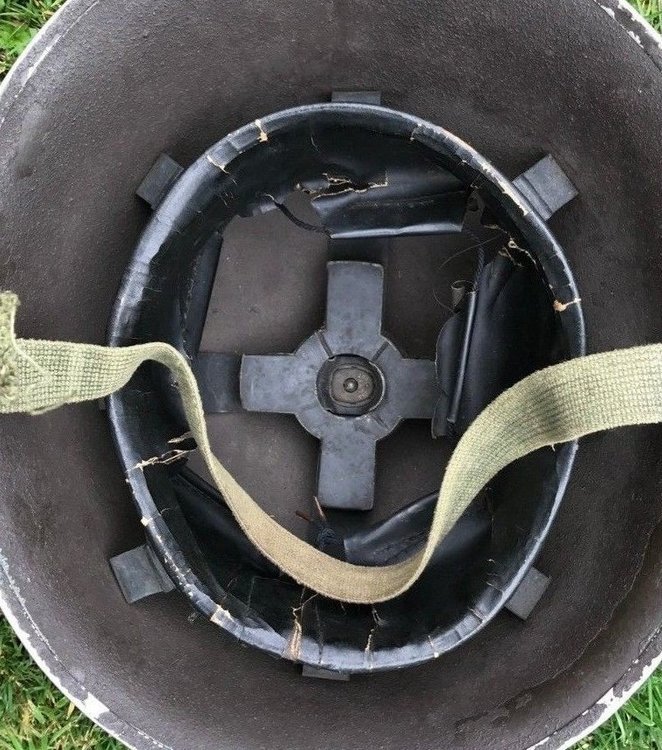Leaderboard
Popular Content
Showing content with the highest reputation on 19/11/18 in all areas
-
2 points
-
Looks good Jack, a bit of wood stainer or varnish might be an option too.2 points
-
2 points
-
Her's a picture I saw in internet, these are commercially offered, specially for helmets, in principle no different to your example, both are missing a softer padding, and considering they cost 28 Euros + postage, yours is just as good. And further examples, for caps, not the best idea, as the top will sag considerably.2 points
-
That looks much better, and sturdy enough, better to pad the top part, where the helmet rests.2 points
-
Here's photo's of the AFS and NFS cap badges and helmets used by both services. The Auxiliary Fire Service was formed in 1938 and was organised by town or city they wore a cloth badge on their breast pocket which also had the name of the town or city under the letters AFS, the metal cap badge had no ( Kings Crown ). In August 1941 the AFS amalgamated with regional forces to form the National Fire Service. The new NFS was organised by numbered Fire Forces within the Civil Defence Regions, a circular cloth badge with number was worn on the breast pocket. The metal cap badge worn did have a Kings Crown and was in use from 1941 to 1948. Here is a photo taken in 1939 of Granny Chilvers on her bike wearing her AFS cap and coat she died in 1942 but it shows her cap badge had no Kings Crown. The only AFS badges with the Kings Crown on are button hole versions worn on the lapel.1 point
-
1 point
-
1 point
-
Made the stands, they seem to work which is always a plus, just need to put some glue between the pole and base to make it extra secure and then paint them all. Ended up using a plank from an old bed and a 18mm x 2400mm dowel (turns out my broom handle still had a broom on the end and the shop didn't have any) so all in all it works out as 12 stands for five pounds which is pretty good. Regards, Jack1 point
-
They are not sealed airtight but none the less I'll check on them regularly just to make sure, as anything going wrong when I haven't had them long would be disaster. A bit of both seems the most reasonable answer, due to their lack of use there isn't a lot about them (but thanks to you more than I originally thought), but I guess overall that's a good thing given the circumstances of their creation. Thanks as always, Jack1 point
-
It's unclear jack, my guess is some helmets that sat in army stores were returned back to the factories for repainting, while other new made helmets were painted blue from the start, It's unclear how many police helmets were needed.1 point
-
They don't need to be "airtight", that is not advisable, just to protect against dust, etc. Airtight is never good, the materials need to "breath"1 point
-
Thanks for the link it was very interesting, however unless I missed it somewhere I don't think it mentioned where they sourced the helmets from, did they come from the factories and just went to be repainted or from the army back to the factories and then out again. I'm interested in this because both my examples have a layer of brown paint underneath so I can assume were bound for the army but it would be cool to know how far they got, my guess is not far and was it the same story for the N.H.S.R helmets? I'm going to search the internet (properly this time) when I get back from getting another broom handle. I hope one day to get both a blue and white police MK II to sit next to there descendants on the shelf (once its built), but for now at least they are beyond my price range. I doubt my packing skills are good enough to be air tight but thanks for the heads up i'll check on them from time to time. Hopefully they'll all be out on display by Christmas so I shouldn't have to worry about it too much. regards, Jack1 point
-
Try this site Jack has the history of police helmets from WW2 to the 1950s, ( avonsomersetpolice.blogspot.com/2015/09/ww2-british-police-helmet-html )1 point
-
That's the right way. However, if the helmets are wrapped airtight, check occasionaly, as condensation under the wrap can cause corrosion. As you say, existing scratches are part of the history, you don't want any new ones.1 point
-
Avoiding scratches is a big concern of mine, these helmets currently spend the majority of their time in bubble wrap and neatly placed beside each other in the draws under my wardrobe until I can make the stands and put up the shelving required to display them properly. Personally the existing scratches don’t really bother me just show the character and history these things have (however I don’t intend to add to them) and also make them easier to purchase which is always a plus. regards, Jack1 point
-
1 point
-
All of the Mk.II Police helmets that I had and saw in the late 60s were first issue Police, had never been anything else. Most of them were never needed and sold then at the end of the 60s en masse, for 2 shillings a piece, they were all mint, minus a few storage marks. Try to avoid scratches to the paintwork of your helmets, even inside. Paintwork is always the most vulnerable and probably the most decisive and valuable part of a helmet (at least with German helmets), and loses enough substance anyway through time.1 point
-
Interesting, could you say where you read that as I have been looking for info on these but may of just been looking in the wrong places. I've also been searching for a photo of one of these in use but that has also been fruitless as of yet. I've attached a photo of my other police MK IV to show the colour difference, the second lighter blue seems to be the common type so I am leaning towards the idea that the darker blue could be because of the over paining and the striping of the paint. It is stamped RO CO AL 1953 and seems to have the same brown paint underneath the blue regards, Jack1 point
-
I've read that these helmets were issued to the police as part of the civil defence structure in preparation for the Nuclear Threat during the 50s and 60s.1 point
-
Thanks Jack, yes you are correct about maker and date interesting helmet.1 point
-
Glad you like it, It is marked RO CO and then either PQ or PO its hard to tell but I think its PQ. Followed by a small o and then 53 So I believe the translates to Rubery Owen & CO and 1953. I think PQ/O relates to a batch code. However as correct me if I'm wrong. As for the paint it appears it was originally painted a smooth brown before being painted a dark blue for use by the police. This blue seems to be darker than my other example and others I've seen on forums. At some stage it was then over painted an olive green however the reason for this is unknown to me, I think it was unlikely it returned to the army so could of been done whilst in private hands, but this will probably remain a mystery. At some point this green was removed from the outside but remains inside the shell. I find the pattern left on the shell by the removal of the paint rather attractive and that was what drew me to this in the first place. Regards, Jack1 point
-
I like the police helmet Jack what can you tell me about it, is it dated?.1 point
-
Thanks for picture and advice as always, Before ruining my lovely broom and plank I decided to make a proof and concept to make sure everything would actually work. So using a random stick that I whitled long ago and some cardboard I created my very own first helmet stand. Not very pleasing on the eyes but functional none the less, the hole in the top is for the liner spike as one of my MK IVs is without a liner. I aim to make the proper ones on Monday. As to varied heights, personally I think I prefer them all at the same height and as I only have a small collection I don't have to worry about space as of yet. However in the future it is a problem I hope to have. EDIT: Excuse the jagged cut but I did do it with a penknife Thanks again, Jack1 point
-
Yes they are folded just so as to hide the inperfaction , someone had fired paper staples through them making holes & runs in the material, 3 staples in each for some reason1 point
-
If you place the helmets at varying heights, overlapping and underlapping, you will save a lot of space. I find normally only 5 helmets fit on a standard shelf.1 point
-
Very nice, the ribbons look fine in the picture, better than modern replacement copies1 point
-
1 point
-
Thanks for the photo's Anar, the liner you have is the new liner that BMB produced in 1939 and was approved by the war office that year with production starting immediately in BMB, it wasn't until 1940 that this new liner was made by other companies, so the liner would be classed as a Mk1* liner.1 point
-
Welcome to the forum Anar, the Go1 will be the batch code of steel used, and the 1 above the 1939 means Mk 1* liner, I have a police helmet by BMB for the same year as yours. Has it got the x shaped rubber or the oval pad on the liner, any chance you could post some photo's.1 point
-
Thanks for the reply. Making the stands out of a headboard is rather resourceful and clever. I’m fairly certain there is an old broom handle in the shed and I’m sure I can find a spare plank around, so I may give making my own a go over the weekend, probably won’t turn out presentable but you never know. thanks again for all the help, Jack1 point
-
Hi, I'm trying to work out the markings on my helmet and have 2 questions. It has police on the front and on the rim in a faint stamp BMB 1939. Above this in a firmer deeper stamp it has G01. I've looked at what the BMB means but I'm not sure what the G01 is??? The liner has BMB with a number 1 above 1939. What does the number 1 mean?1 point
-
Hi, I googled it for you. https://en.wikipedia.org/wiki/Mediterranean_Expeditionary_Force1 point
-
1 point
-
Yes the paint looks fine Jack, as for displaying helmets I have mine on wooden stands in a display cabinet the stands I made myself from the ends of a pine headboard.1 point
-
Thanks for the response so far, It’s been really appreciated. I know Kenny has already said the paint looks original however, If I may ask, Leon what’s your opinion? Not saying I don’t trust anyone, but I just want another opinion before putting the matter to bed. Thanks again, Jack1 point
-
Yes, I've found examples in different stores and web sites, but what I've never seen is an actual german soldier using them. Haha Fritz, that was funny. Hope you don't think I use this item skiing on holidays. I said how interesting it is looking through them. Naturally they are part of my colection and for display purpouses. Regards1 point
-
Welcome to the forum Jack, the Mk 3 helmet was first developed in 1941 for the British Army and first worn in combat by British and Canadian troops on D-Day 1944. Although designed in 1941 the helmet was not manufactured until late 1943, it was produced by three companies which were as follows Briggs Motor Bodies Ltd ( BMB ) of Dagenham. Fisher & Ludlow Ltd ( F&L ) of Castle Bromwich. Rubery Owen Co Ltd ( RO & CO ) of Leeds They were painted in a textured kharki green colour but later painted in a textured dark brown colour, the helmets were used alongside the Brodie helmets until late 1944, the Mk3 was itself replaced after the war by the Mk4 some time in 1945. The Belgians produced the Mk3 helmet post-war but do not have any manufacturer stamp or date marks on their shells. The Mk3 and Mk4 are almost identical but the rivets on the Mk4 are lower down the side of the helmet and the liner is a attached with the detachable lift and dot release principle. Here are images of the Mk3 and Mk4 helmets below the x shaped rubber is missing from the Mk3 liner image.1 point
-
A related question: my Great Grandfather (Alfred Douglas Wallace) served with the RMLI & it appears from his service record (attached) he went to France with the BEF. Then there’s an entry he was with the MEF from 8 May 1918 to 12 Feb 1919. Does anyone know what this means? Where would he have been posted these dates? cheers ADM-159-178-2076.pdf1 point
-
Try looking through internet, I'm sure you'll find something similar. I don't think collectable militaria should be worn.1 point
-
Many thanks Fritz as always . They are pretty interesting to wear. Is there any graphic example out there showing a german soldier wearing them, or any museum reference? Thanks1 point
-
Could very well be, I've seen goggles like this on sale before (snow goggles you could say - Schneebrille), could well be of German make - certainly from that period.1 point
-
1 point
-
I got a WW1 1st pattern British helmet from "Quartermasters", Islington in the early 1980s, and paid quite a price for it in those days. It was in really superb condition, with a red War Office stamp from 1916 inside. Almost all of the original green paint was present. The early pattern helmets were green. I recently got a WW1 British bayonet in reasonable condition. The steel scabbard tips were blued to start off with, most of the original first green paintwork is present and has been coated with a later layer of khaki paint, possibly from WW2 re-use or later WW1? I think this was common practice for painting metalwork.1 point
-
I knew it, this helmet would be sold by those young people sooner or later.... Offered by a renowned Auctionier on 27. October, the helmet fetched 6.000,- Euros The auctionier charges a further 23% for tax and commission. I think this was reasonable price, I doubt if another one like this will ever turn up again. A photo of the catalogue page, top left, no. 17441 point




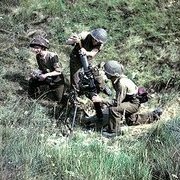


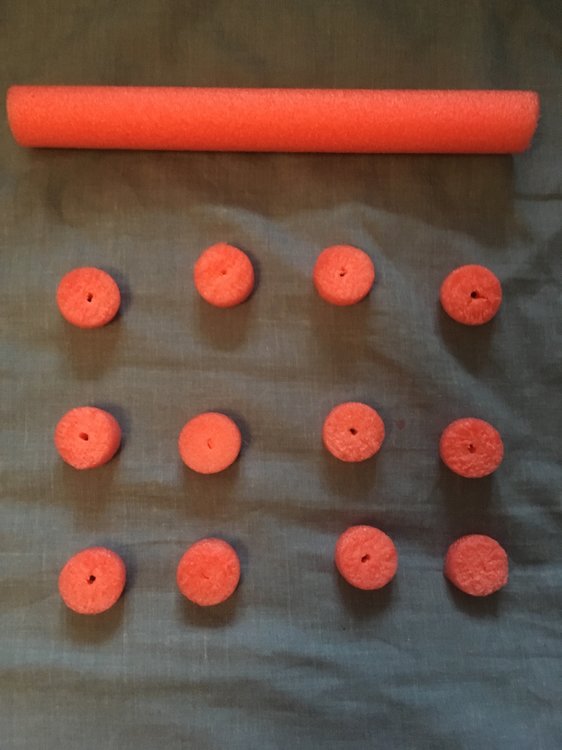

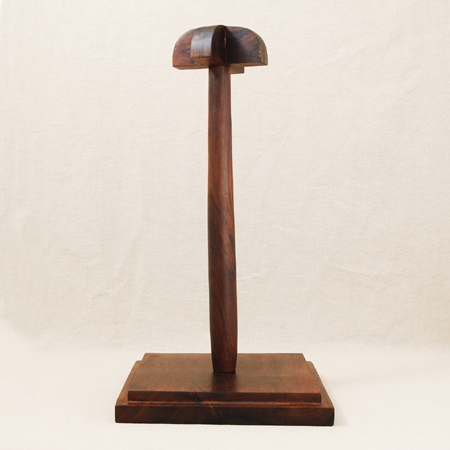
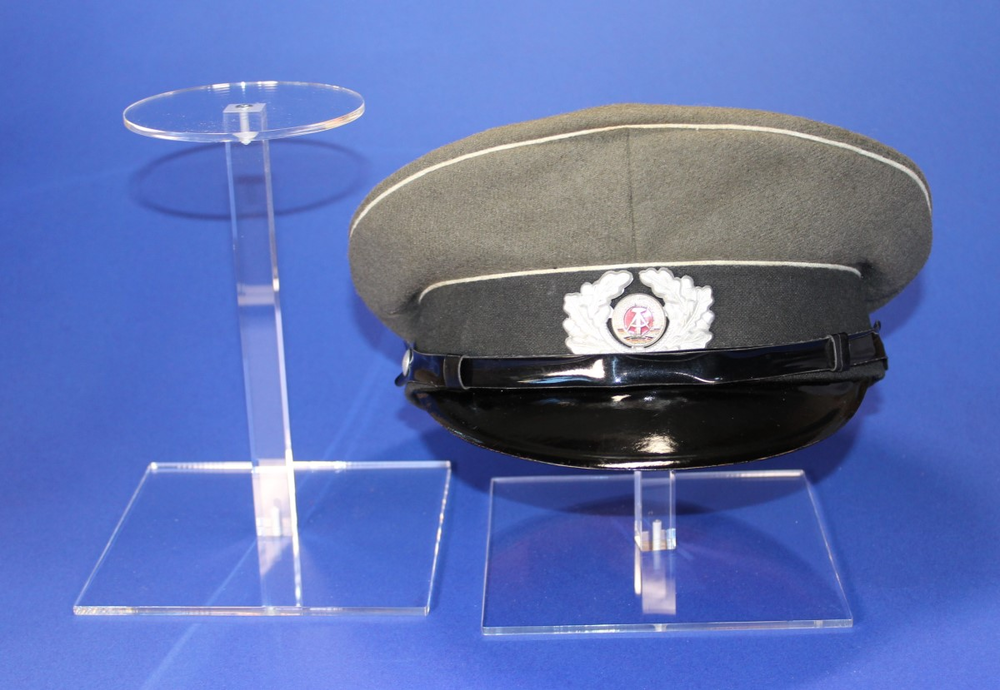
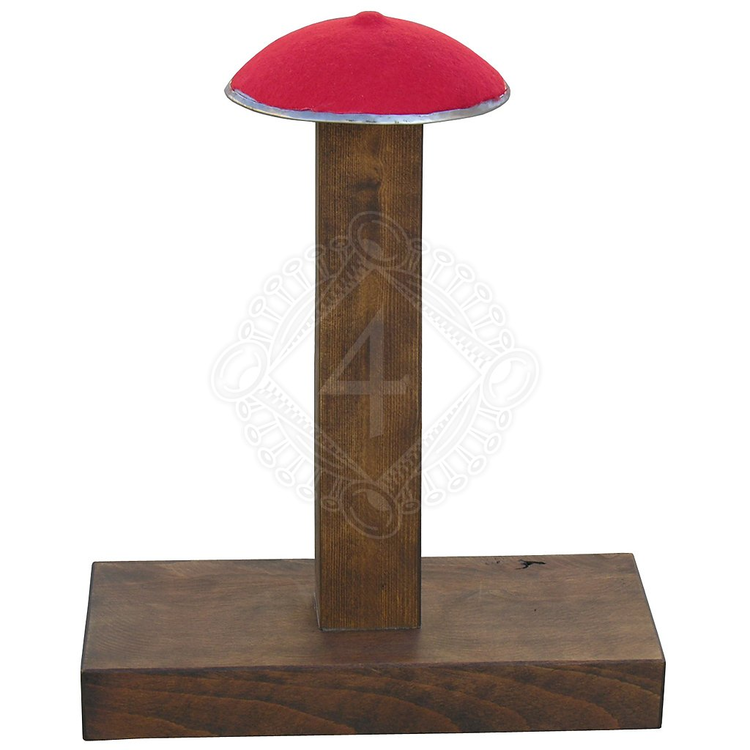






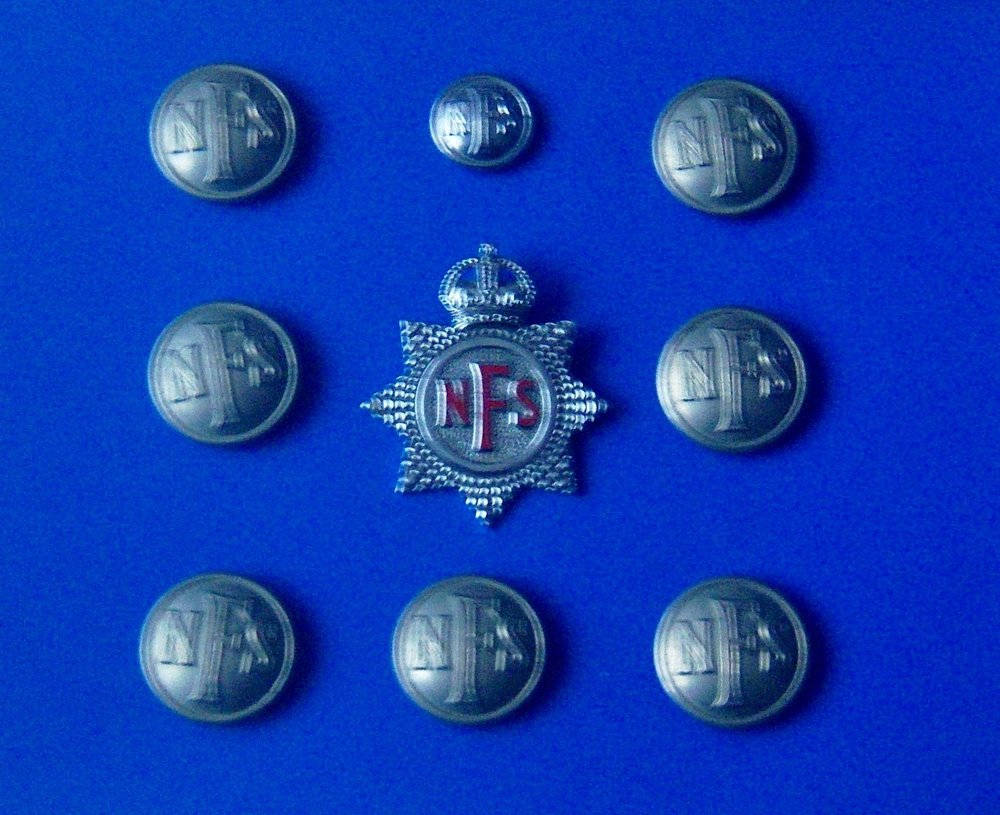

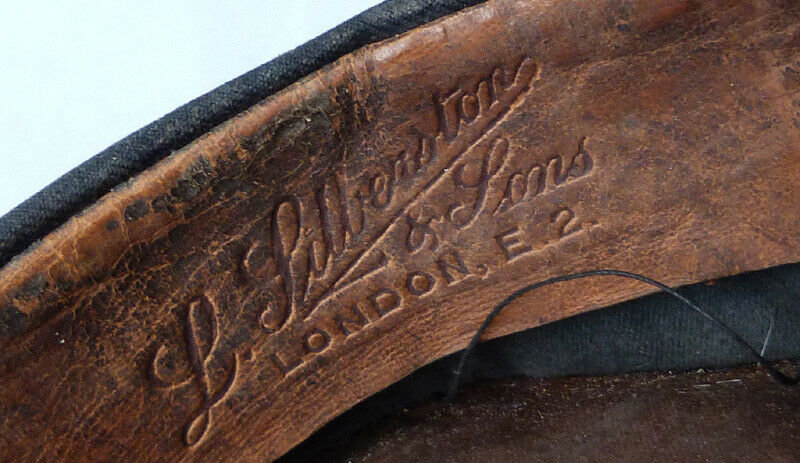
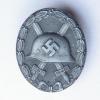
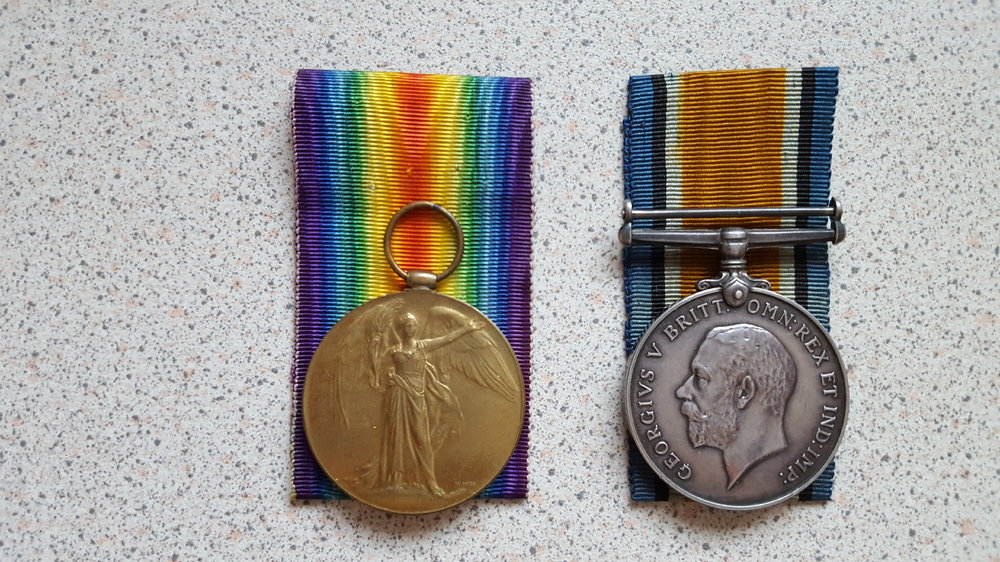
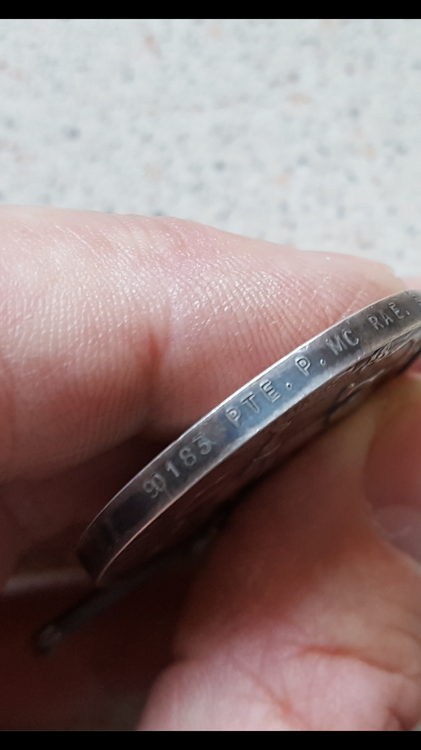
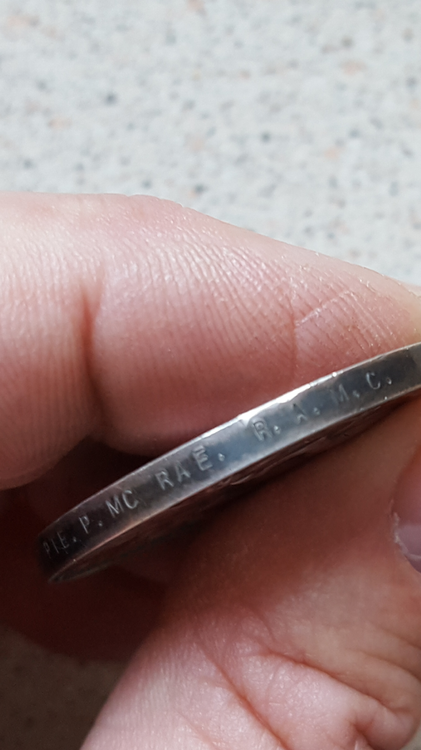
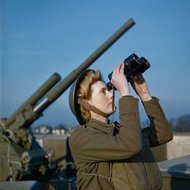
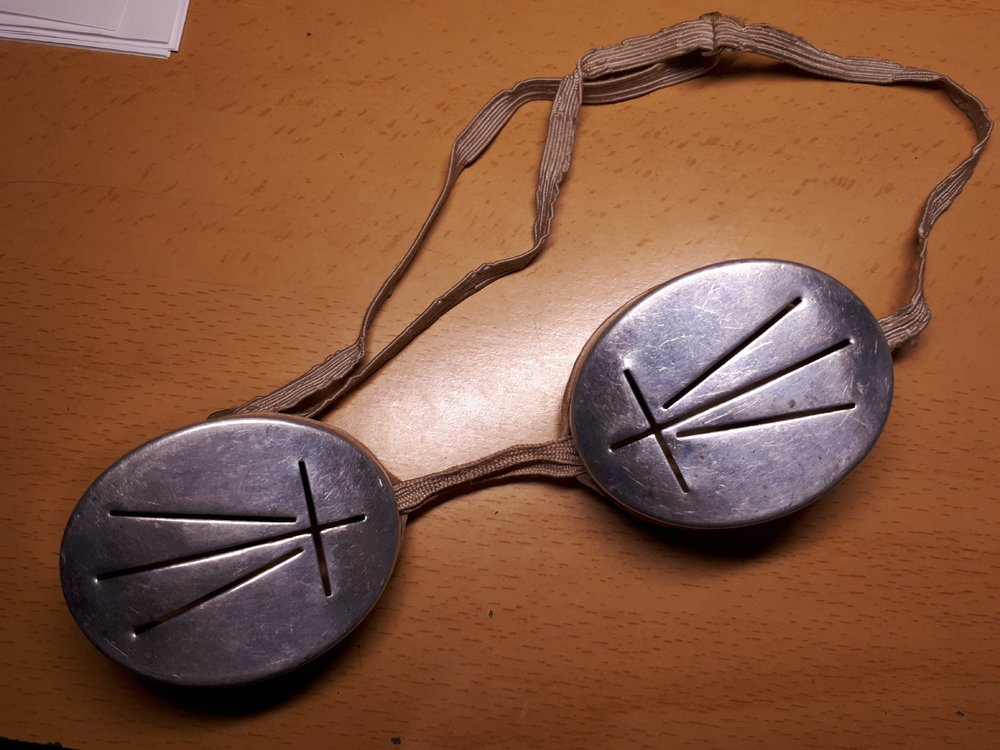
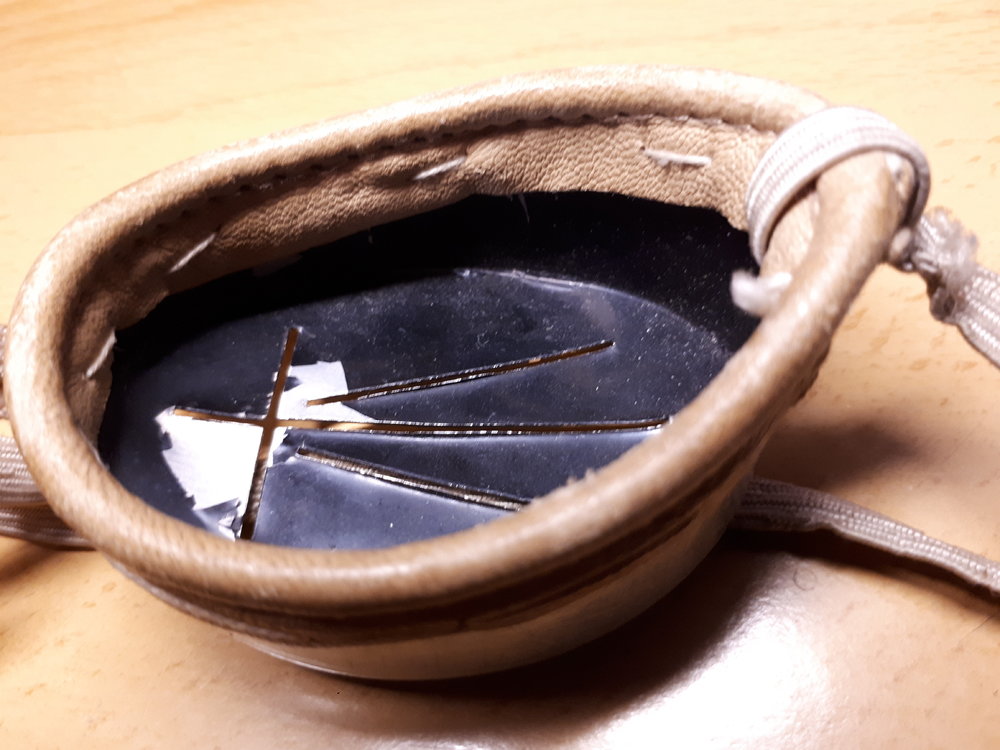
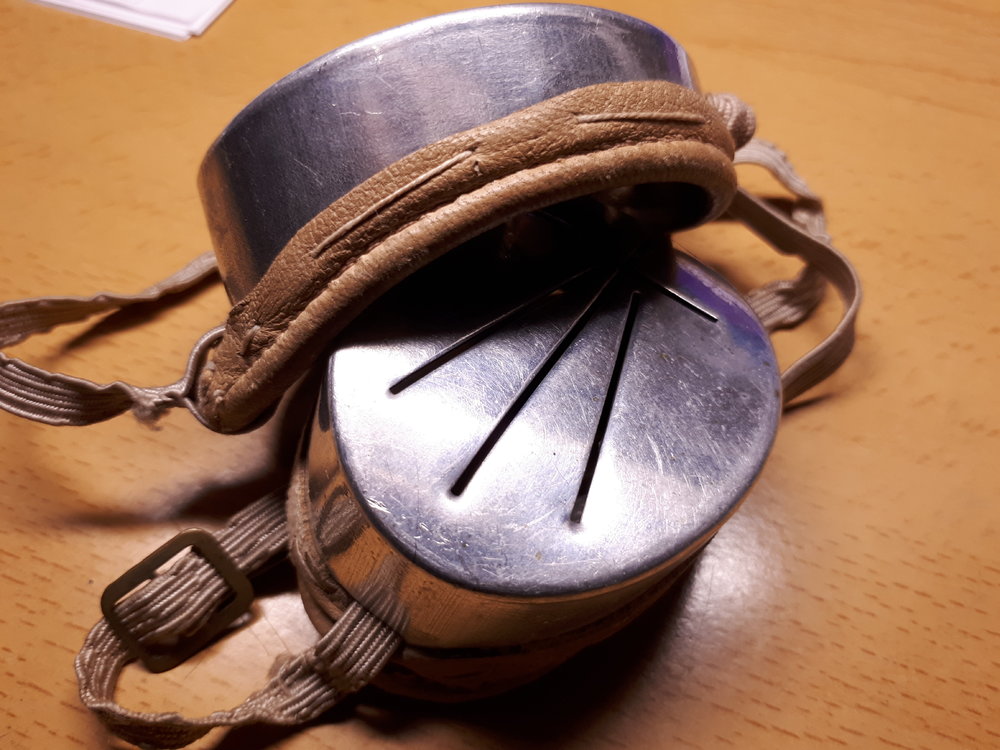
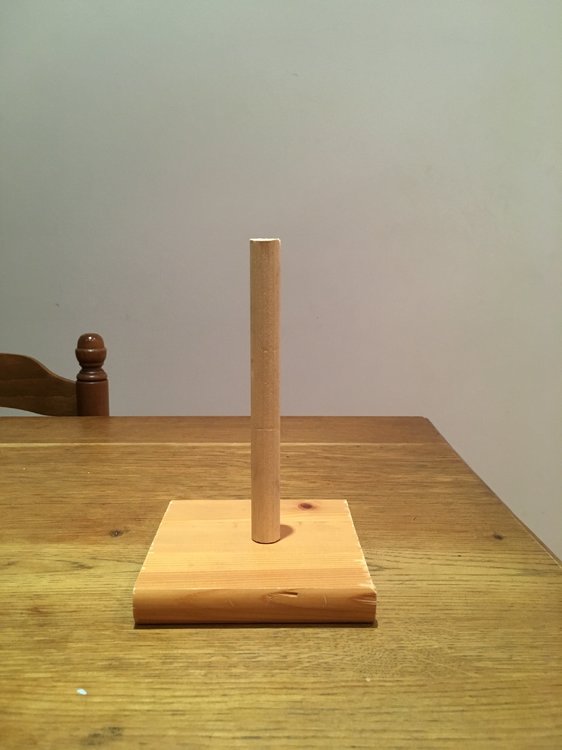
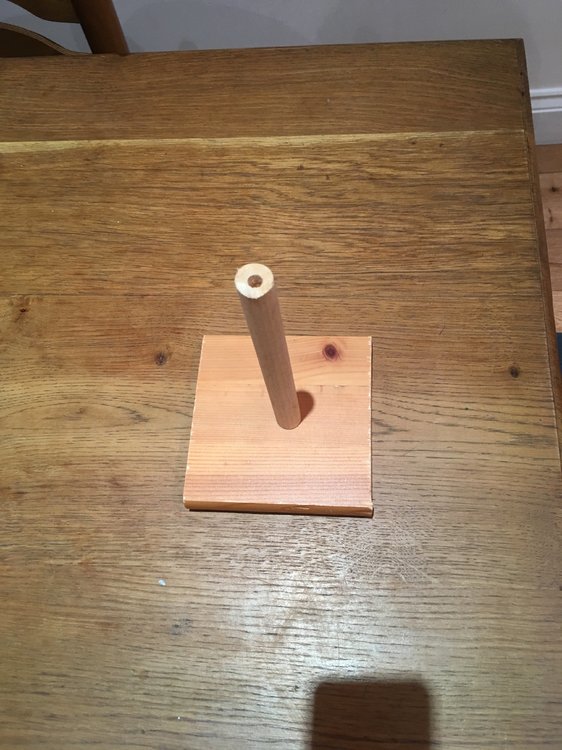
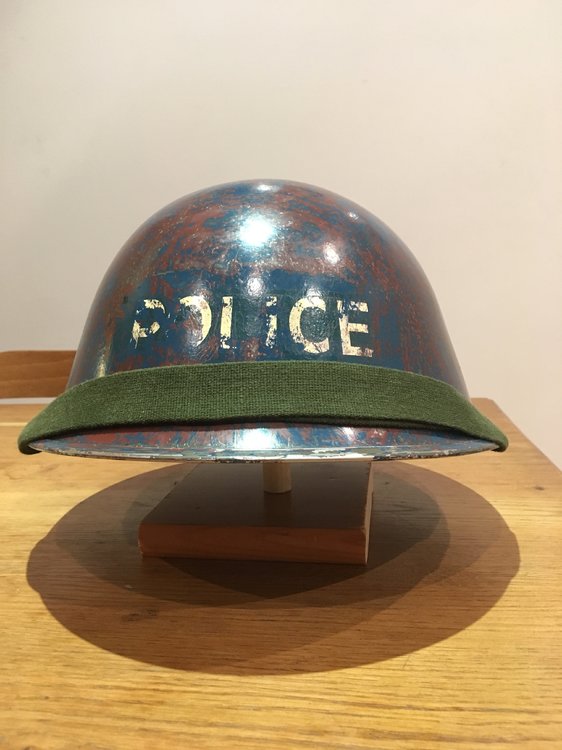

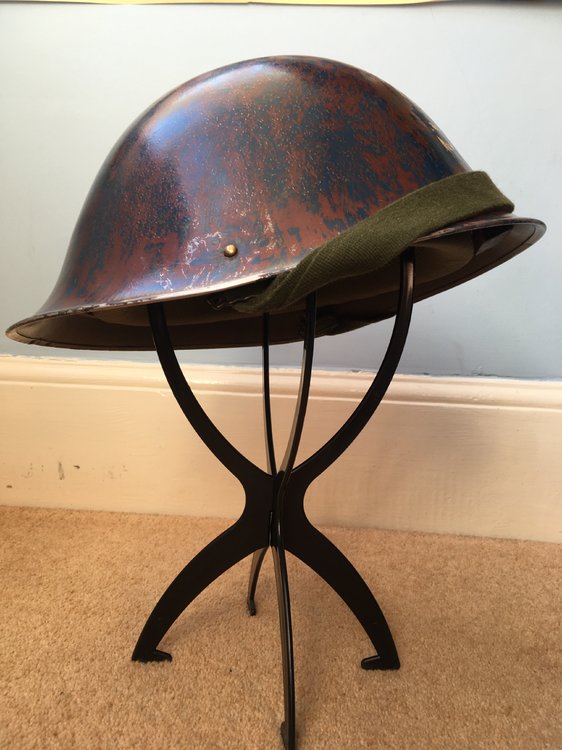
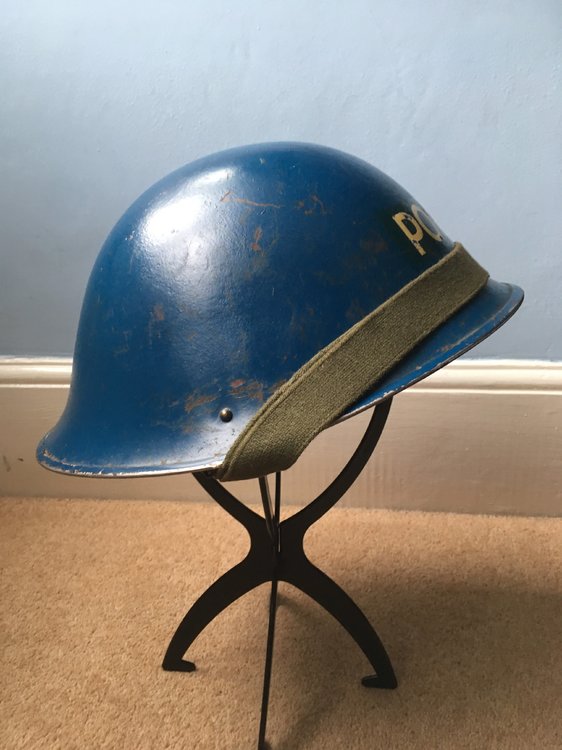
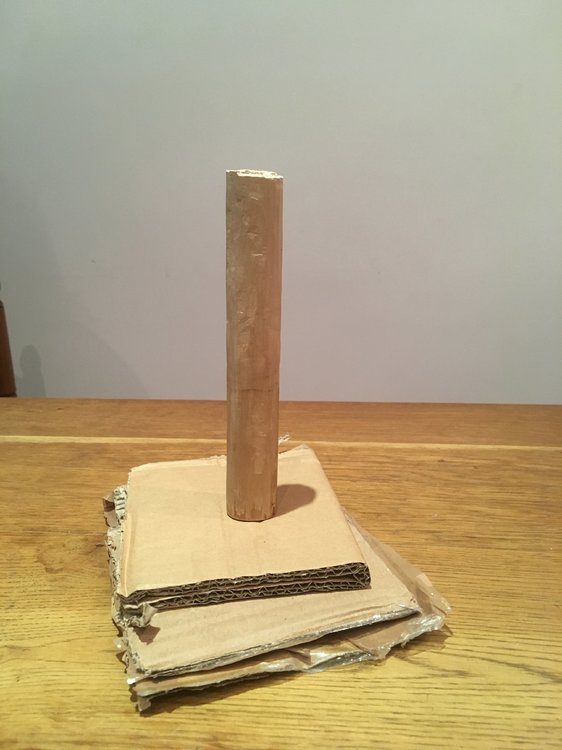
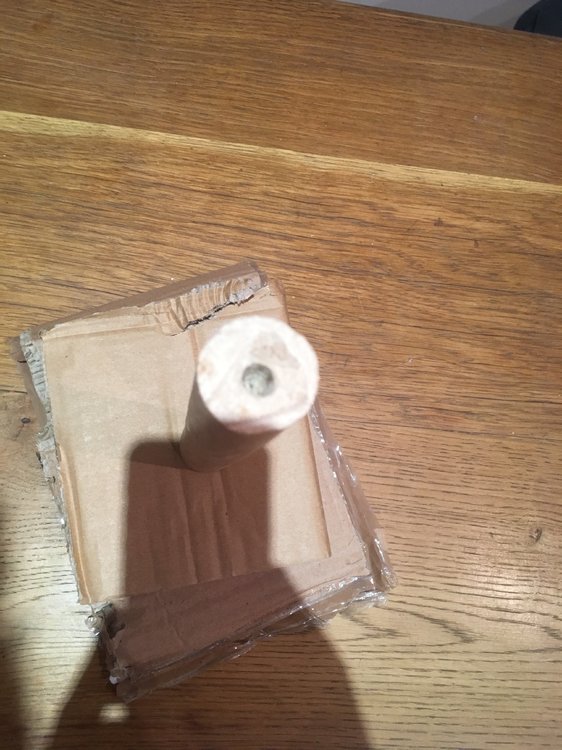
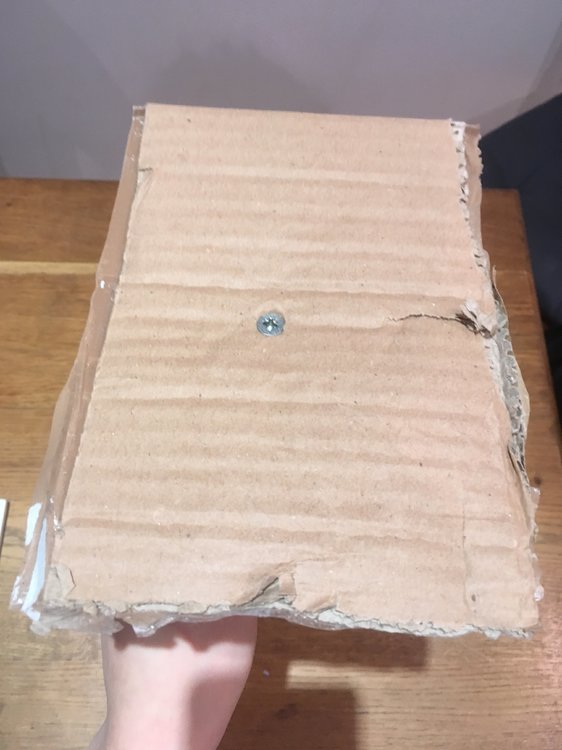
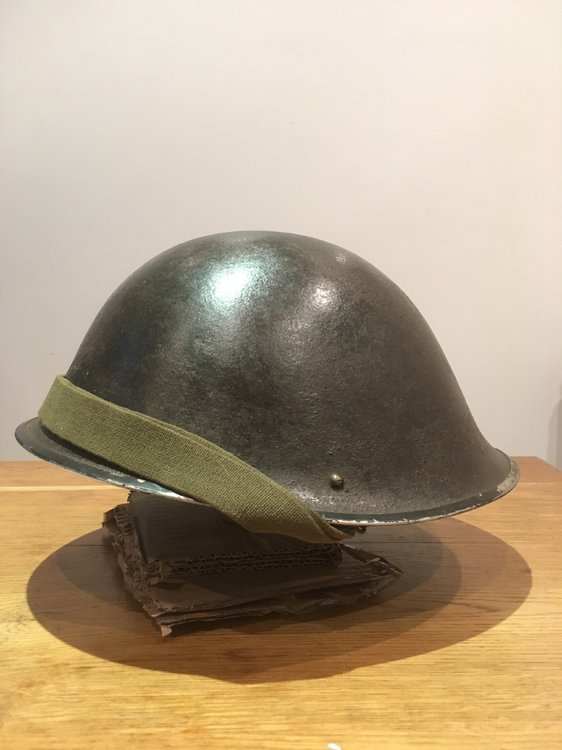
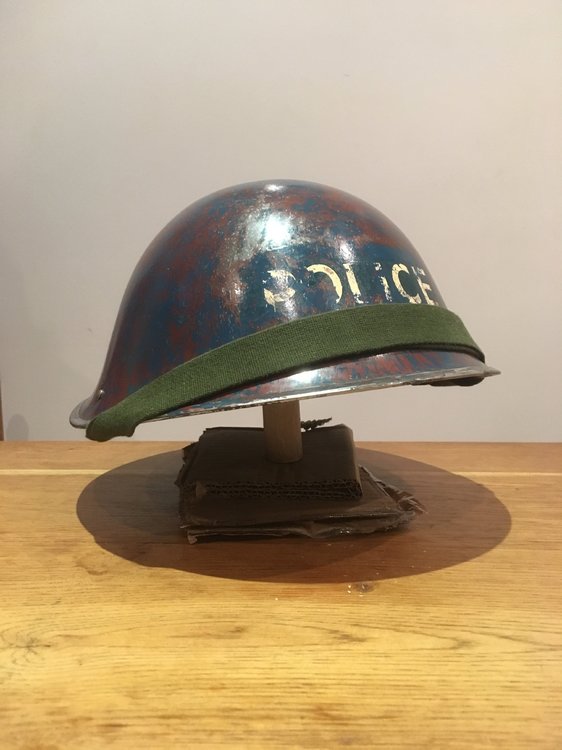
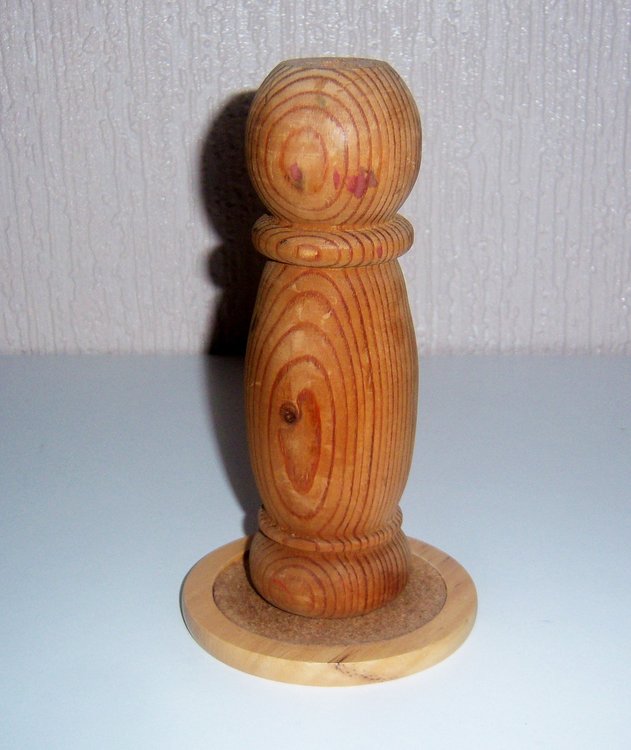
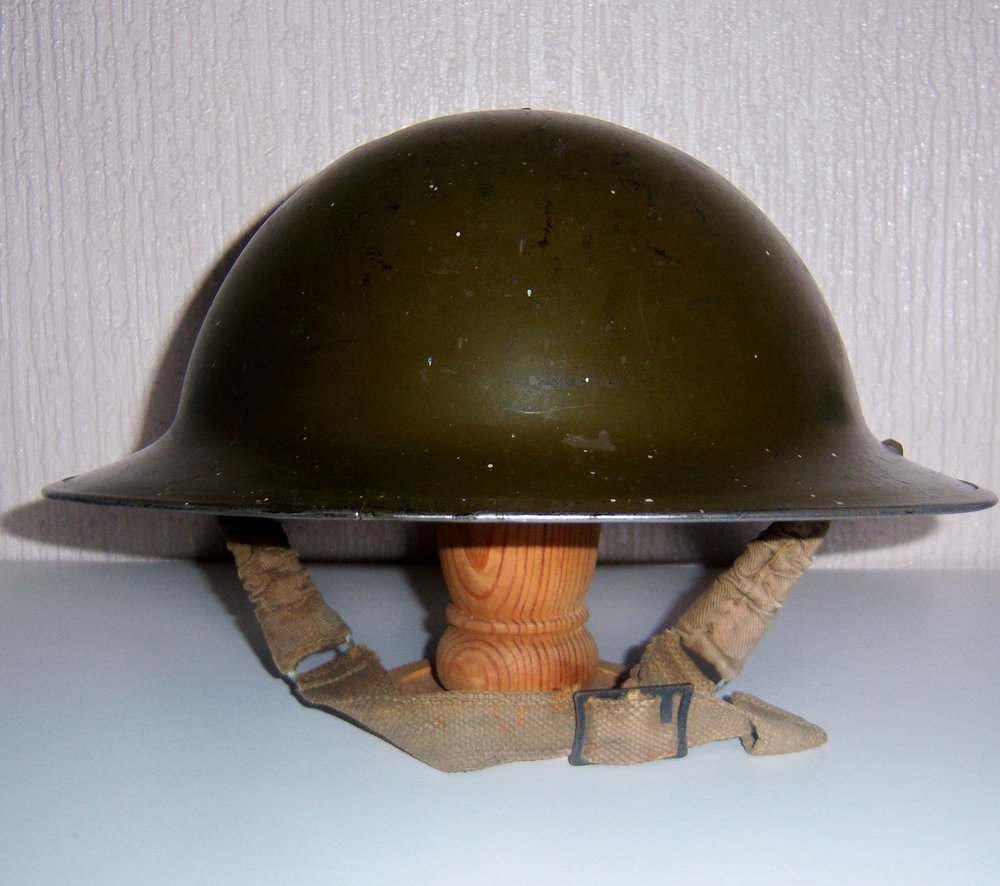

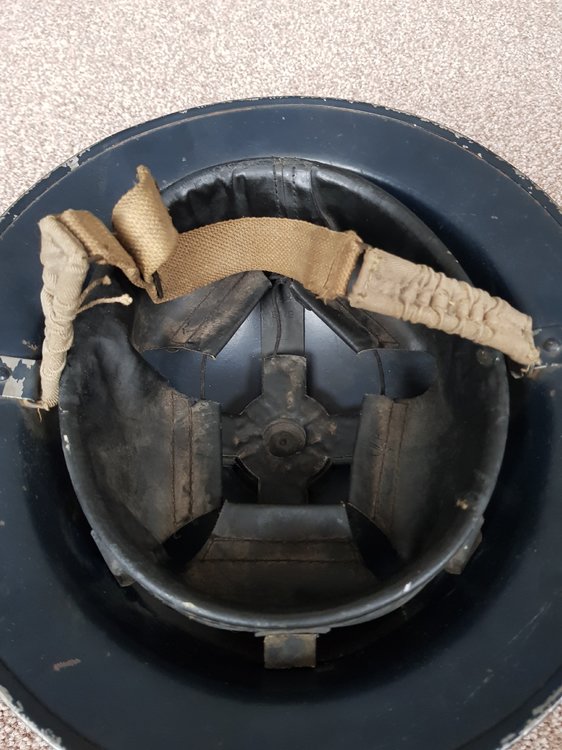
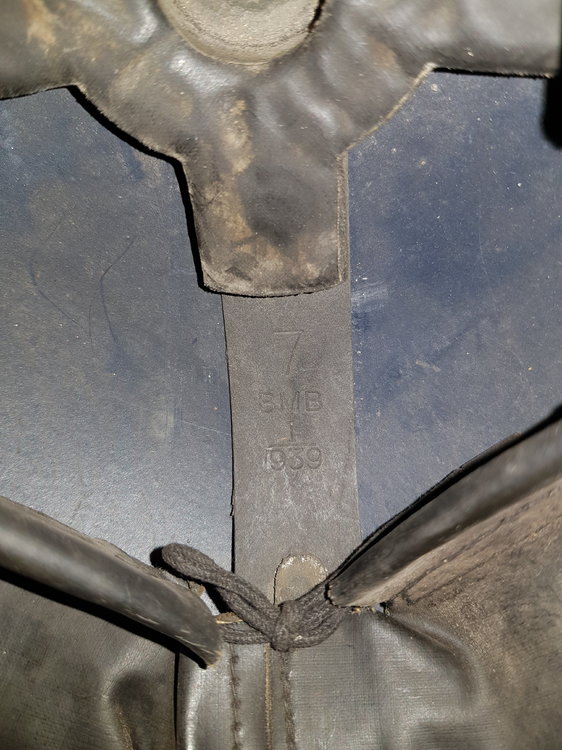
.thumb.jpg.d0fa0432229968216ad4f834cad5c03f.jpg)
